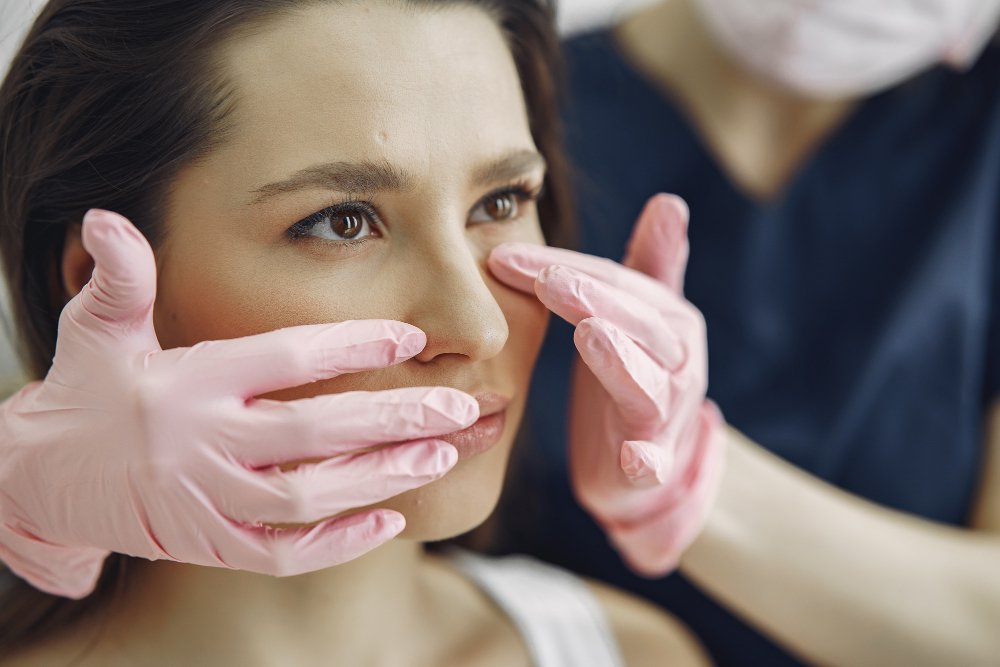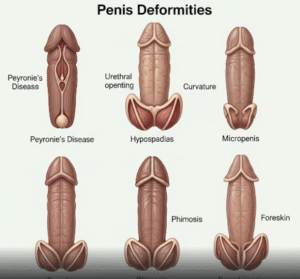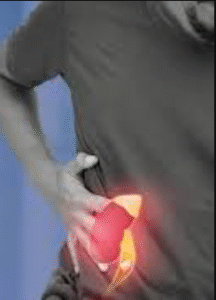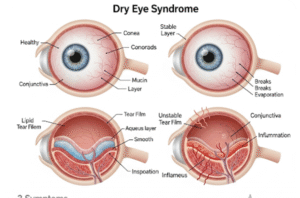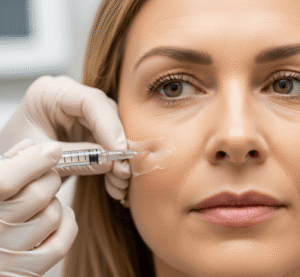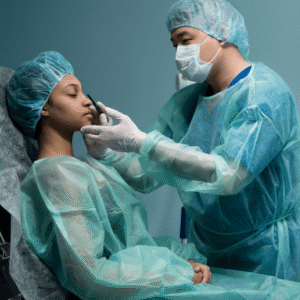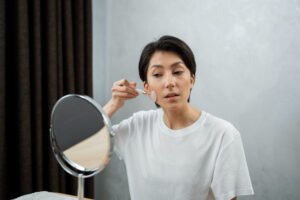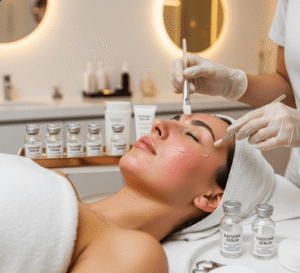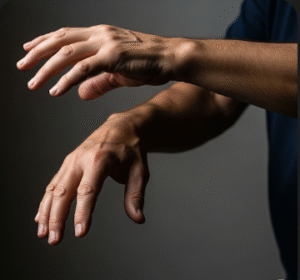What It Is
Septorhinoplasty is a surgical procedure that combines septoplasty (correction of a deviated septum) with rhinoplasty (reshaping of the external nose). This dual-purpose surgery addresses both functional issues like nasal obstruction and cosmetic concerns such as nasal shape, size, or symmetry. Septorhinoplasty ensures that patients can breathe comfortably while achieving an aesthetically pleasing nasal profile.
Why It’s Done
Patients opt for septorhinoplasty for:
- Medical reasons: Chronic nasal obstruction, sinus problems, or snoring due to a deviated septum.
- Cosmetic enhancement: Improving nasal bridge, tip, or overall nasal symmetry.
- Trauma repair: Correcting post-injury deformities and restoring function.
- Congenital issues: Addressing structural irregularities present from birth.
Alternatives
- Septoplasty alone: Corrects internal nasal obstruction without changing external appearance.
- Rhinoplasty alone: Cosmetic reshaping without addressing septal deviation.
- Non-surgical options: Nasal dilators, breathing exercises, or steroid sprays for minor obstructions.
- Functional rhinoplasty: Focuses mainly on improving breathing, sometimes with minor cosmetic adjustments.
Preparation
- Consultation: Comprehensive nasal examination, imaging (CT scans if needed), and discussion of expectations.
- Lifestyle adjustments: Stop smoking, avoid alcohol, and manage any chronic conditions.
- Medication review: Discontinue blood-thinning medications (aspirin, NSAIDs) before surgery.
- Fasting: Required prior to general anesthesia.
- Psychological preparation: Understanding recovery time, potential swelling, and healing progression.
How It’s Done
- Anesthesia: General anesthesia is commonly used.
- Surgical procedure:
- Correct the septum for proper airflow.
- Reshape nasal bones and cartilage to achieve desired cosmetic result.
- Use grafts if necessary for support or contouring.
- Close incisions with internal or external sutures and splints for stabilization.
- Duration: 2–4 hours depending on complexity.
- Hospitalization: Usually outpatient, though overnight observation may be required for complex cases.
Recovery
- First week: Nasal packing or splints may be in place; swelling, bruising, and mild discomfort are common.
- 1–2 weeks: Splints are removed; patients can resume light daily activities.
- 3–6 weeks: Swelling reduces significantly; breathing improvements are noticeable.
- 3–6 months: Most swelling resolves; final nasal shape and function stabilize.
Possible Complications
- Bleeding or hematoma
- Infection
- Persistent nasal obstruction if correction is insufficient
- Swelling or asymmetry
- Minor revisions may be required to optimize both function and aesthetics
Treatment Options in Korea
- Expert surgeons: Korea offers highly skilled plastic and ENT surgeons specializing in septorhinoplasty.
- Advanced techniques: Use of cartilage grafts, 3D imaging, and minimally invasive approaches for precision.
- High success rates: Functional and aesthetic outcomes are closely monitored and refined.
- Patient support: Korean clinics provide international patient services including travel, consultation, and post-op follow-up.
- Cost-effective: High-quality results at competitive costs compared to Western countries.

